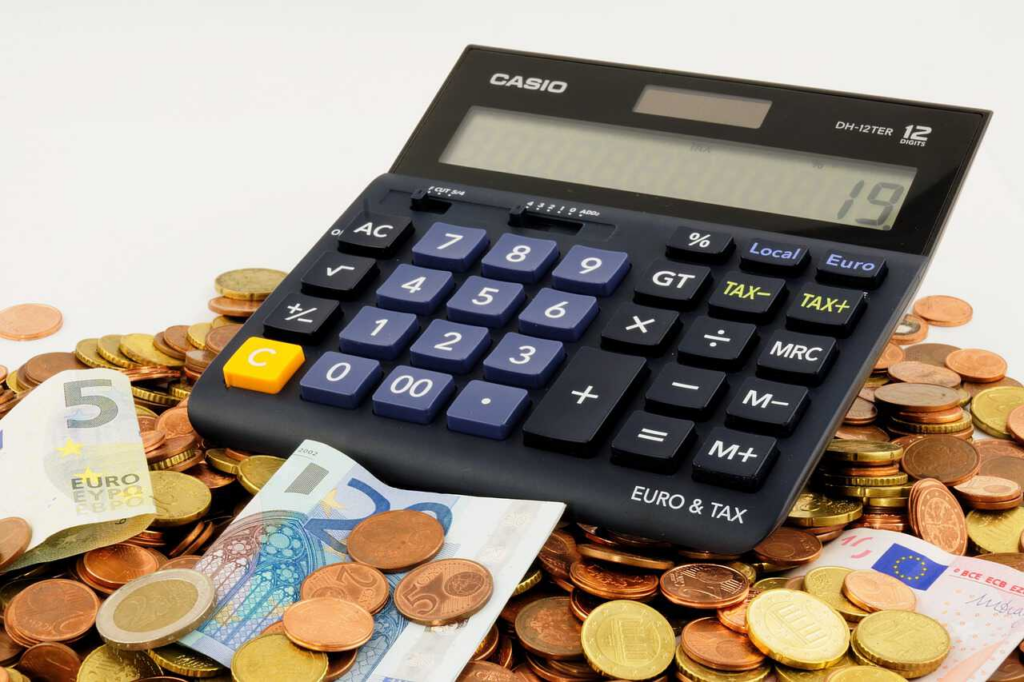Rules imposed on Forex Trading after GST Introduction in India

History of Forex Trading Tax
We have been continuously iterating the effect of goods and services tax on the functioning of different business departments. There is no single industry that has not been affected by the GST introduction. Earlier, whenever some foreign exchange transaction took place, an excise was imposed on the goods which had to be traded from one country to another. However, this tax was not standard and varied with each trader who was involved in the transaction. Also, before the GST introduction, charges were levied at every successive step of the supply chain, which not only made the additive result substantially larger but also made computation harder.
Contrary to the former scenario, today, with the enactment of the GST system, uniformity of taxation in the case of all transactions can be established efficiently. According to this tax structure, the amount to be paid has been significantly reduced. This reduction is expected to foster extensive trading and bring about economically driven corporate results.
As per the latest GST news, the current rate of tax imposed on forex transactions falls between the 5 percent to 18 percent bracket, similar to other business transactions.
After the GST introduction, the government of India has mandated the payment of a fixed tax when one indulges in one or more of the following activities:
- International Money transfer
- Currency exchange and conversion
- Purchasing a forex card, which is a select type of prepaid card that works as an alternative to currency conversion processes.
Latest GST News: Taxation rates on forex services
For better accountability and precise processing, the taxable value associated with foreign exchange trading is categorized and divided into three different slabs. According to the latest GST news, any of the foreign exchange transactions which fall under one of these three slabs have been levied to the right extreme of the bracket, i.e., an eighteen percent GST must be paid in such instances.
A. SLAB 1-
This particular slab comprises of the transactions above ten lakhs INR.
Post GST introduction, the taxable value, and the GST amount of the transactions under this category could be calculated efficiently using the following formulas:
- Goods and services tax = 18 percent of the taxable value, and
- Taxable value = 5500 + 0.1 percent of the transaction amount
By implementation of the above formula, which is up-to-date as per the latest GST news, the goods and services tax amount levied for this slab of forex transactions ranges from 990 INR to 60000 INR.
B. SLAB 2 –
The second slab includes transactions that range from one to ten lakh rupees. Since, in this case, both the upper and the lower limit of the transaction is defined. Therefore, the previous formula has to be modified.
The equation which gives the taxable value in such a scenario is: Taxable value = 1000 + 0.5 percent of the amount above 1 lakh
The equation which gives the GST value, here, is: Goods and services tax = 18 percent of the taxable value
The maximum and minimum values of the goods and services tax to be paid in this particular slab, as stated by the latest GST news is 990 INR and 180 INR respectively.
C. SLAB 3-
By now, if you have noticed the pattern, you could easily make out that the final slab includes foreign exchange transactions of less than 1 lakh INR
Analogous to the other two slabs, the tax amount to be paid is 18 percent of the computed taxable value. The taxable value for transactions with the upper limit 1 lakh rupees is one percent of the transaction amount.
In addition to the above, 250 INR is set to be the minimum value, which is taxable.
Henceforth, the taxable value for forex transactions falling into this group resides between 250-1000 INR. The maximum GST, however, is 180 INR
Points To Remember
Apart from the information stated above, all consumers and traders must be aware of certain things related to foreign exchanges and its linkage with the GST introduction.
To simplify the data scraping process, we have compiled a list of all such points which should be known to everyone who is involved in international transactions. These points are as follows:
- Cash exchanges are limited to 3000 US dollars. The trade of an amount than that must be carried out through a forex card.
- The bank is not the only entity that issues a forex card. Many local, anonymous people/ organizations are also involved in the issuing process. Most of these are unofficial sources responsible for supplying the card without imposing taxes, which are otherwise compulsories by the government. However, indulging in any such illegal transaction might land you into heap loads of trouble. Hence, it is advised to stay aware and purchase the forex card only from Reserve bank of India (RBI) approved sources.
- The Liberalized Remittance Scheme limits the exchange amount to 2,50,000 US Dollars, and no Indian resident can trade an amount more than that, as per the latest GST news.
- The maximum 2,50,000 USD amount can be exchanged in one go or even a sequence of transactions, depending upon the involved person’s choice and requirement.
- The taxable value slabs, whose description is provided above, are applicable for different forms of foreign exchange processes, be it the currency conversion or any other activity which is the part of forex trading.
Author: I’m Jaylin: SEO Expert of Leelija Web Solutions. I am a content manager, and the author of elivestory.com and a full time blogger. Favourite things include my camera, travelling, caring my fitness, food and my fashion. Email id: [email protected]








